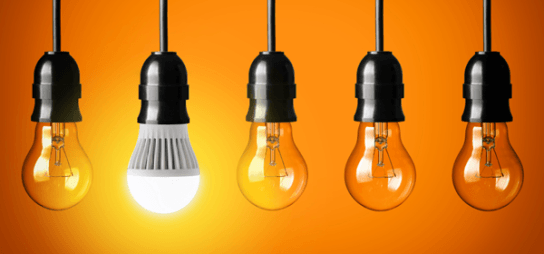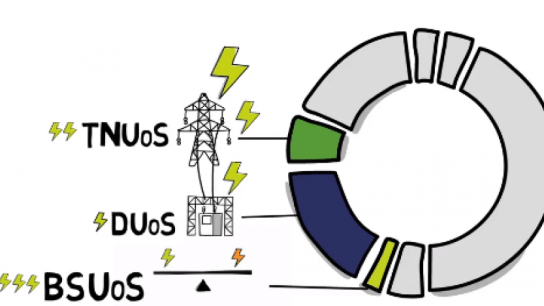Your energy strategy
How to adapt your energy strategy to meet changing weather patterns, regulatory changes, and changes to working environments.
Nick talks you through:
- Triads - how to make the most of them and save money on your energy bills
- Energy Efficiency habits for winter and lower occupancy periods
- Site validations
- Targeted Charging Review (TCR)
- and more...
Triads - what can you do?
Here are our top tips:
If you have a TRIAD avoidance system in place, make sure you’re ready and able to respond. If the full turn down isn’t possible, the warning service can prompt you to turn down during the indicated period or switch some activities to cheaper times in the day.
Continue to ask yourself and colleagues how you can try to reduce your electricity consumption and you could really benefit from the savings.
- Do you have empty office and work spaces? Is the energy consumption absolutely minimised? Do you need to use it?
- Focus on consumption between 4pm – 7pm, November – February. Can you move activity to a cheaper/lower risk time?
- Respond to TRIAD alerts while the traditional TRIAD warning system is in place this winter

Market Insight Triads service
Our Market Insight service has been designed to help larger organisations make the right decisions. You’ll have access to quality data and expert analysis to help you control and manage Triads.
Optimising Triads
Triad's are an annual opportunity for you to take control of your Transmission Network Use of System (TNUoS) charges. Reduce your consumption during a Triad and you'll make savings; increase your consumption during a Triad and it could impact your budget.
There are only likely to be 2 more years (this winter and winter 2022-23) where you can make a significant difference to your TNUoS charges by modifying your behaviour during a Triad. Due to the Targeted Charging Review, after February 2023 the opportunity to benefit from Triad avoidance will be greatly reduced as the percentage of influenceable costs will be much lower. You can find out more about that in our Targeted Charging Review blog.
But for now - what are Triads, what impact do they have on your bills, and how can EDF support you to make savings?

Making efficiencies - some ideas to think about
This is a list of processes and equipment which could be useful examples to consider as you try to reduce your winter peak demand and convert reductions into cost savings.
There’s never a ‘one size fits all’ solution but there are some approaches which keep things simple and can make a difference to your electricity spend, particularly with behaviours in lighting use, using battery power on devices and, increasingly, electric vehicle charging
Whether your premises are less occupied than usual for this time of year or not, it is a good opportunity to get into good energy habits and work them into your new normal.

| Process | Example |
|---|---|
| Heating, Ventilation & Cooling (HVAC) |
|
| Refrigeration |
|
Wet Appliances e.g. dishwashers, washing machines |
|
Compressed air e.g. fans, pumps etc |
|
Lighting |
|
Water pumping e.g. Agriculture or Water Sector |
|
Remote device charging |
|
Targeted Charging Review (TCR) - getting to grips
You'll have heard a lot of talk about the Targeted Charging Review (TCR) as more and more about what it is, how it will apply to organisations, and the impact it will have becomes apparent. It will make a big change to the way certain charges are applied, so it's important to understand. It actually forms part of a larger network charging reform, so there's a few things to take on board.

We've broken it down into bitesize chunks to help you get to grips with it: